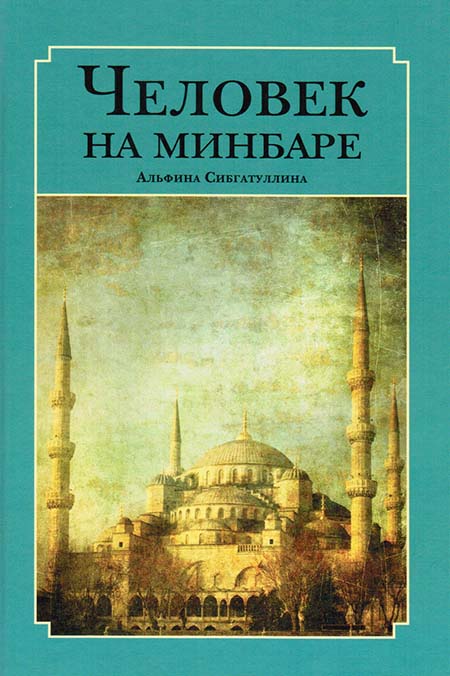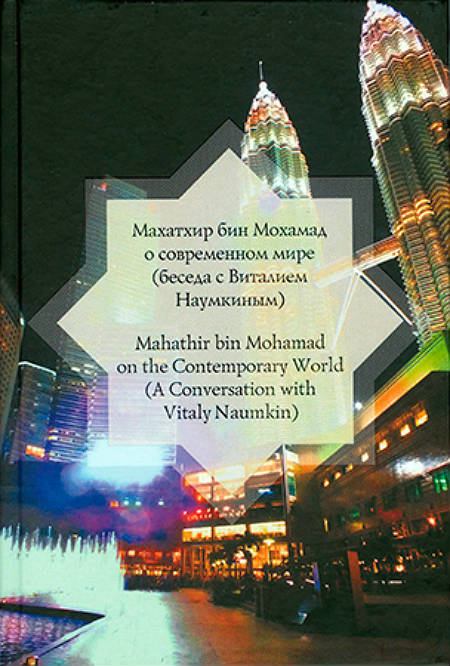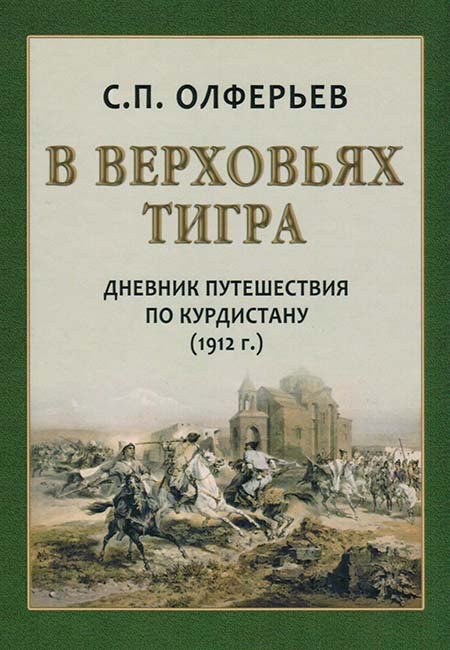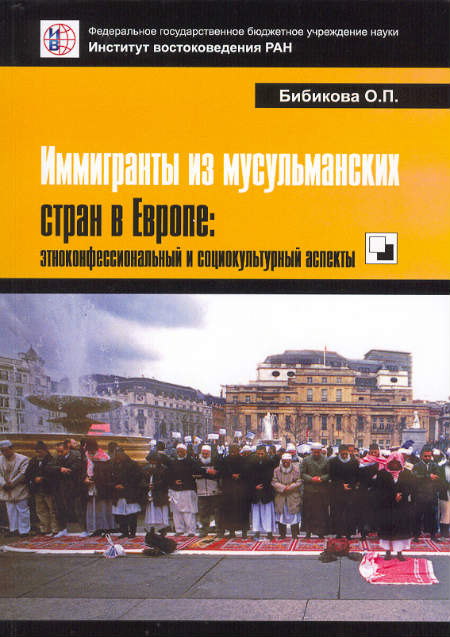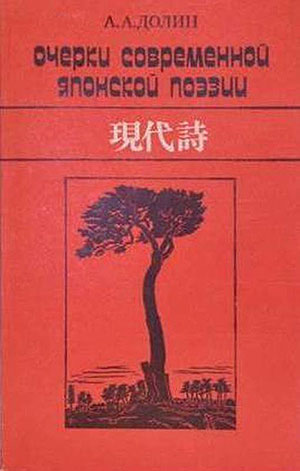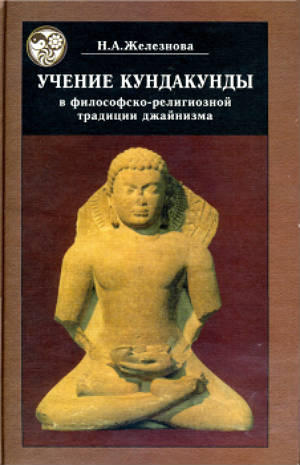Book
Philosophical and Religious Doctrine of Kundakunda
Translator: Zheleznova Natalia
Москва, 2005, 343 p.
The monograph is dedicated to the investigation of texts belonging to one of most famous and important Jain teacher Kundakunda (III - IV A. D.). It consists of five chapters.
First chapter “Digambara teacher Kundakunda” is devoted to examining a number of problems related to the Corpus Kundakundae, by which the author understands a body of texts (approximately 84 treatises) attributed by the Jaina tradition to one of the Digambara teachers, Kundakunda: (1) the proper names under which the Digambara teacher is known in the Jaina tradition; (2) the traditional lives of Kundakunda in the two extant versions; (3) the teachers’ tradition of Kundakunda, connected with Bhadrabāhu, the last Jaina “master of the scripture;” (4) the dating of the life and activities of Kundakunda himself, where, based on an analysis of the scholarly literature on the history of Jainism, the author provisionally singles out two “strategies,” within the framework of which attempts can be made to establish the probable date of Kundakunda. The first approach is based on the analysis of historical, including epigraphical, materials: the earliest mentions of Kundakunda, lists of teachers, the commentatorial tradition, etc. This “strategy” is adhered to by the overwhelming majority of historians of Jainism when they make attempts to substantiate their hypotheses. Within the framework of this “strategy” — based on the study of sources external in relation to Kundakunda himself — one may make the cautious supposition that the time of Kundakunda’s flourishing was approximately the 2nd — 3rd cc. A.D. The second approach is based on the analysis of texts attributed to Kundakunda himself. This “strategy” finds its partial reflection in the works of W. Schubring, A. N. Upadhye and W. J. Johnson. It should be pointed out here, however, that not a single student of Jainism has undertaken a full-fledged text-critical investigation of all the works attributed to Kundakunda. Therefore the conclusions possible within the framework of this “strategy” are very tentative, as they are only based on the study of a few separate texts by the Digambara author.
It is quite evident that the analysis of the historical data extant today can only enable us to make the conclusion about the existence of a teachers’ tradition associated with Kundakunda, to whom the authorship of a group of religious-philosophic treatises in Prakrit came to be attributed later in the Digambara branch of Jainism. Answering the question whether these works belong to the “pen” of the renowned teacher Kundakunda or they are the fruit of the labours of a later author (or even several authors) will be only possible after the careful philological analysis of the whole group of treatises and comparing them with other texts, both from the Jaina tradition itself and from the other trends of Indian philosophic thought that were engaged in polemic with it.
The second chapter “Main concepts in the Kundakunda’s philosophy” examines Kundakunda’s philosophical system, Jain ontology, its main categories and methods. It is an illustration of our thesis that in Kundakunda’s works we have deal with the great philosophical doctrine having developed system of categories and methods of investigating and explanation of the reality, for example, «two truths» doctrine. According to this theory reality can be treated from two completely different points of view. One of them is true, pure (nicchayo, suddho nayo) while the other is practical, impure (vavaharo, asuddho nayo). The problem is that interprets the theory of two truths in two different ways. On the one hand, the eternal verity can’t be comprehended without the practical truth. On the other hand, the same practical truth is considered to be false. In order to explain this contradiction we should take into account that the only treatise dealing with the most paradoxical conclusions of the «two truths» doctrine is Samayasara («Essence of Teaching»). Its analysis shows that this work formally and substantially differs from the other works believed to be written by Kundakunda. So some parts of Samayasara may be written (or arranged) by another author. But there may be another solution to the problem discussed. We may apply the main principles of «two truths» doctrine to the theory itself. We may suppose that from the practical point of view two approaches to the reality are necessary but in fact only the pure point of view is true.
The third chapter “Karmic bondage of the Soul” treats the problem of the interrelation of soul and material karma in Jain doctrine and explains the specific Jain method of describing the relations between soul and material substance.
The fourth chapter “Main stages of Liberation Path” deals with the general features of Jain images of the monk and lay people. Besides that, in the chapter the structure of Jain community is showed how it is represented in 2 Kundakunda’s treatises Pravacanasara and Samayasara.
The fifth chapter “Liberation is a final aim of the Soul” is dedicated to the describing of the path of liberation of soul from matter.
In Conclusion there are some remarks referring to the connection between Kundakunda and another Jain teacher, Umasvati.
The important part of the work is a commented translation of the 4 main Kundakunda’s philosophical treatises from Prakrit and Sanskrit to Russian: Pravacanasara, Samayasara, Niyamasara and Pancastikayasara.
The book includes the Dictionary of main Jain Sanskrit and Prakrit notions and the Bibliography.



